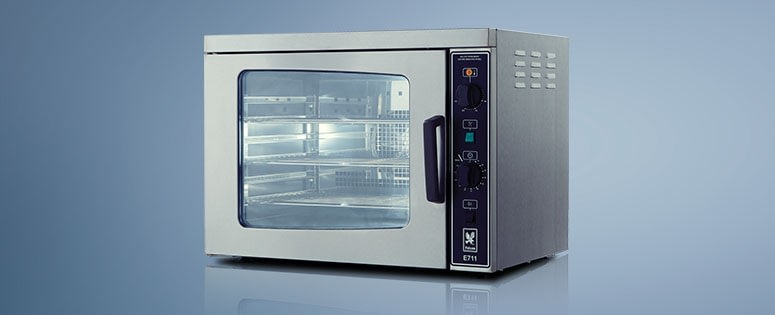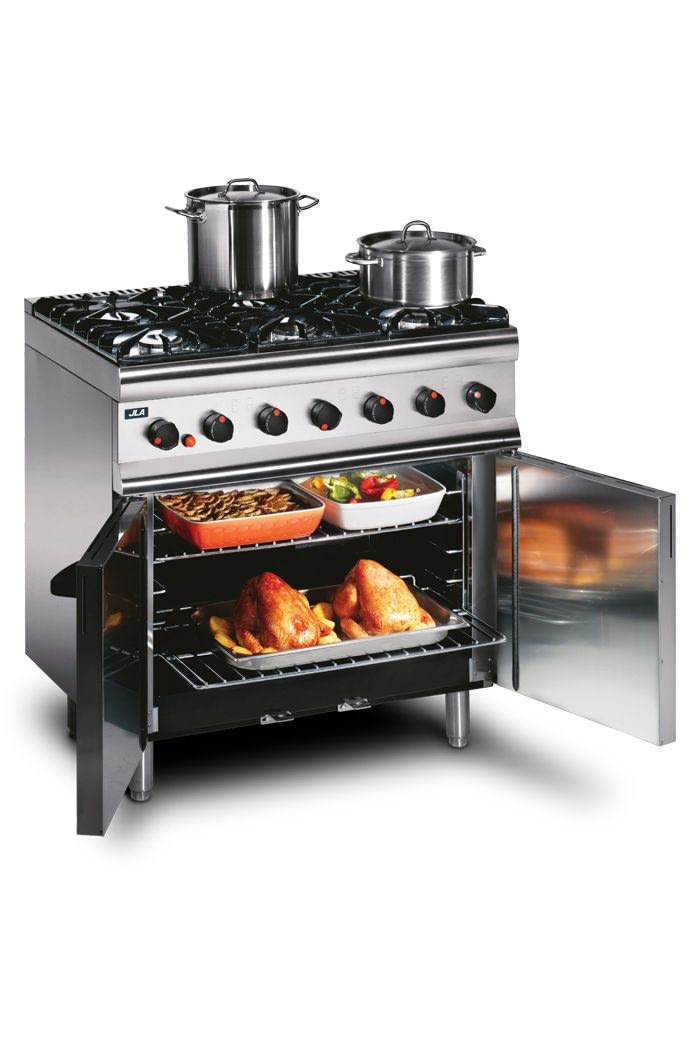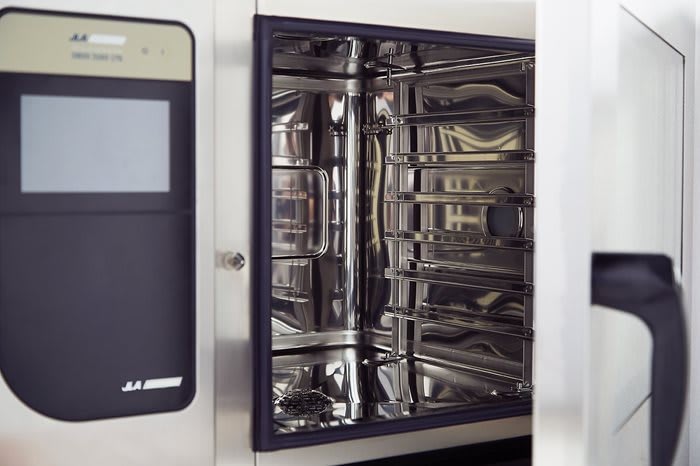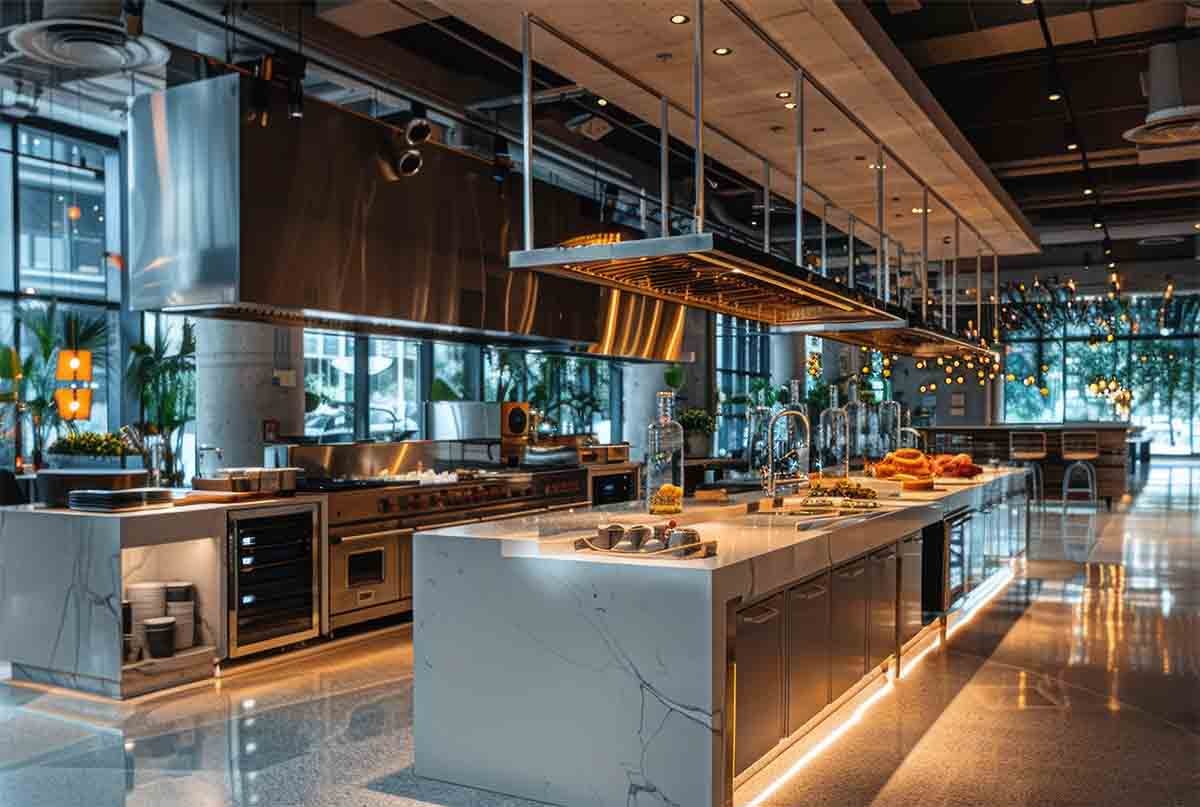Equine disease outbreaks can cause huge disruption to stables, sporting events (in normal circumstances) and breeding programs – and ultimately have a damaging impact on your overall yard investment. Horse flu, Strangles and Ringworm are all particularly harmful, which makes good laundry protocols as vital as your biosecurity and vaccination measures.
At JLA, we’ve been setting the standards in human infection control for the past two decades with a range of ozone disinfection solutions – which means we can offer unrivalled expertise and technology when it comes to equine health too. Here, our in-house chemists offer an overview of how ozone washing can level-up overall protection against some of the biggest threats to equine health.
Equine Influenza
Horse Flu is one of the most common infectious diseases of the respiratory tract of horses [1]. Influenza is an airborne virus and can spread quickly and easily through a yard – under favourable weather conditions it can even spread up to 5km. It can be transmitted by direct horse-to-horse contact and also via people, tack, feed and equipment [2].
In tests carried out with JLA’s OTEX ozone laundry disinfection system, results showed that no viral particles of the type associated with Equine Flu survived the wash.
Strangles
Strangles is one of the most common diseases diagnosed in horses worldwide. It is a highly contagious and debilitating disease that can affect any horse, on any yard, at any time. Strangles bacteria often infect the lymph nodes around the jaw, causing them to become swollen. In severe cases they can become so swollen that horses struggle to breathe properly, hence the name ‘Strangles’ [4]. It can be easily spread directly through horse to horse contact and indirectly through contaminated equipment, handler clothing and boots etc. Whilst strangles is not spread through the air (airborne), the bacteria can spread when a horse with strangles coughs or snorts [5].
JLA’s OTEX laundry system is proven to remove 99.999% of harmful bacteria and while specific tests have not been conducted in relation to Strangles, evidence highlights the benefits of using an ozone laundry disinfection system for minimising the risk of this damaging disease.
Ringworm
Ringworm, otherwise known as dermatophytosis, is a fungal skin infection caused by a dermatophyte fungus. The fungus infects dead tissue in the superficial layers of the skin, spreading quickly. The spores of the fungus eat away at the hair, causing the slowly widening bald patches that are typical of the skin disease [6]. In horses, Trichophyton equinum (T. equinum) and Trichophyton mentagrophytes (T. mentagrophytes), are the primary causes of ringworm. These fungi can spread by contact with infected individuals and contaminated objects such as stalls or grooming tools.
It was found in a study conducted in 2012, that ozone was effective in killing >99% of viable fungi present in various experimental systems [7].
A further key factor in supporting a stables’ disinfection practices is the ability of ozone to perform at low temperatures. Manufacturers’ wash instructions for fabrics such as horse rugs commonly state that items should be laundered at 40 degrees or lower – as this is not sufficient to provide any form of thermal disinfection, owners and riders are often caught in a catch 22 situation whereby they sacrifice either hygiene or wash quality and performance.
By adding OTEX to a wash cycle, stable owners can be confident laundry is being disinfected appropriately at the optimum temperatures for the fabrics whilst maintaining the condition of these items.
In summary, vaccination, strict hygiene measures and effective laundering of equine blankets, numnahs and other garments are critical to controlling and managing potential equine disease outbreaks. To discuss the benefits and science of JLA’s OTEX ozone laundry disinfection solution, arrange a free, no-obligation consultation today.OTEX effective disinfection performance has obvious benefits in providing reassurance to all stables users that all laundry is being conducted to the highest standards of hygiene.
References
1. https://aaep.org/guidelines/vaccination-guidelines/risk-based-vaccination-guidelines/equine-influenza
2. https://www.msd-animal-health-hub.co.uk/Healthy-Horses/Health/EquineInfluenza
3. https://aaep.org/sites/default/files/Guidelines/Streptococcus%20equi%20var.pdf
4. https://www.msd-animal-health-hub.co.uk/Healthy-Horses/Health/AboutStrangles
5. https://www.bhs.org.uk/advice-and-information/horse-health-and-sickness/strangles
6. https://towcester-vets.co.uk/2017/02/all-you-need-to-know-about-ringworm/
7. https://mycology.adelaide.edu.au/descriptions/dermatophytes/trichophyton/
RRP reports can be accessed here.
- 20 mins
Download our Equine Health Talking Point
This overview looks at how ozone laundry disinfection can help you manage outbreaks of some of the most harmful equine disease – Horse Flu, Strangles and Ringworm.
Download your printable PDF today and contact us for any support you need in your yard or stables laundry.







